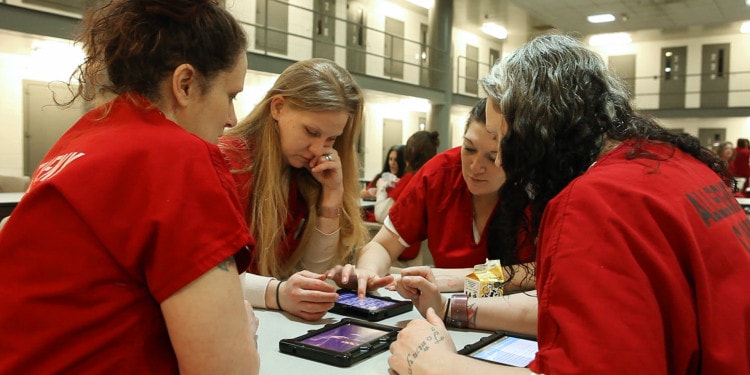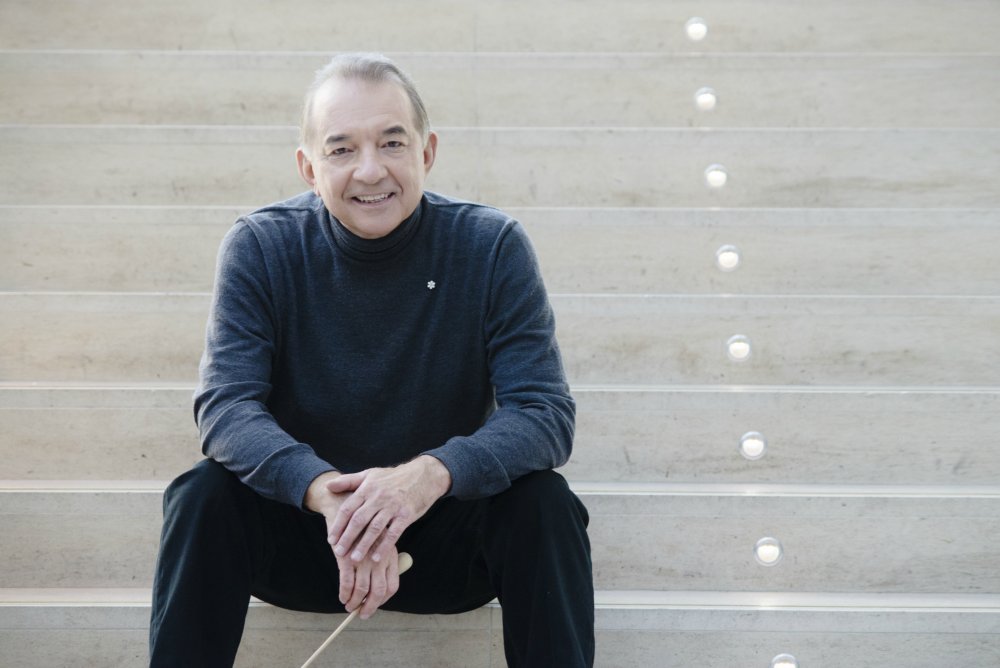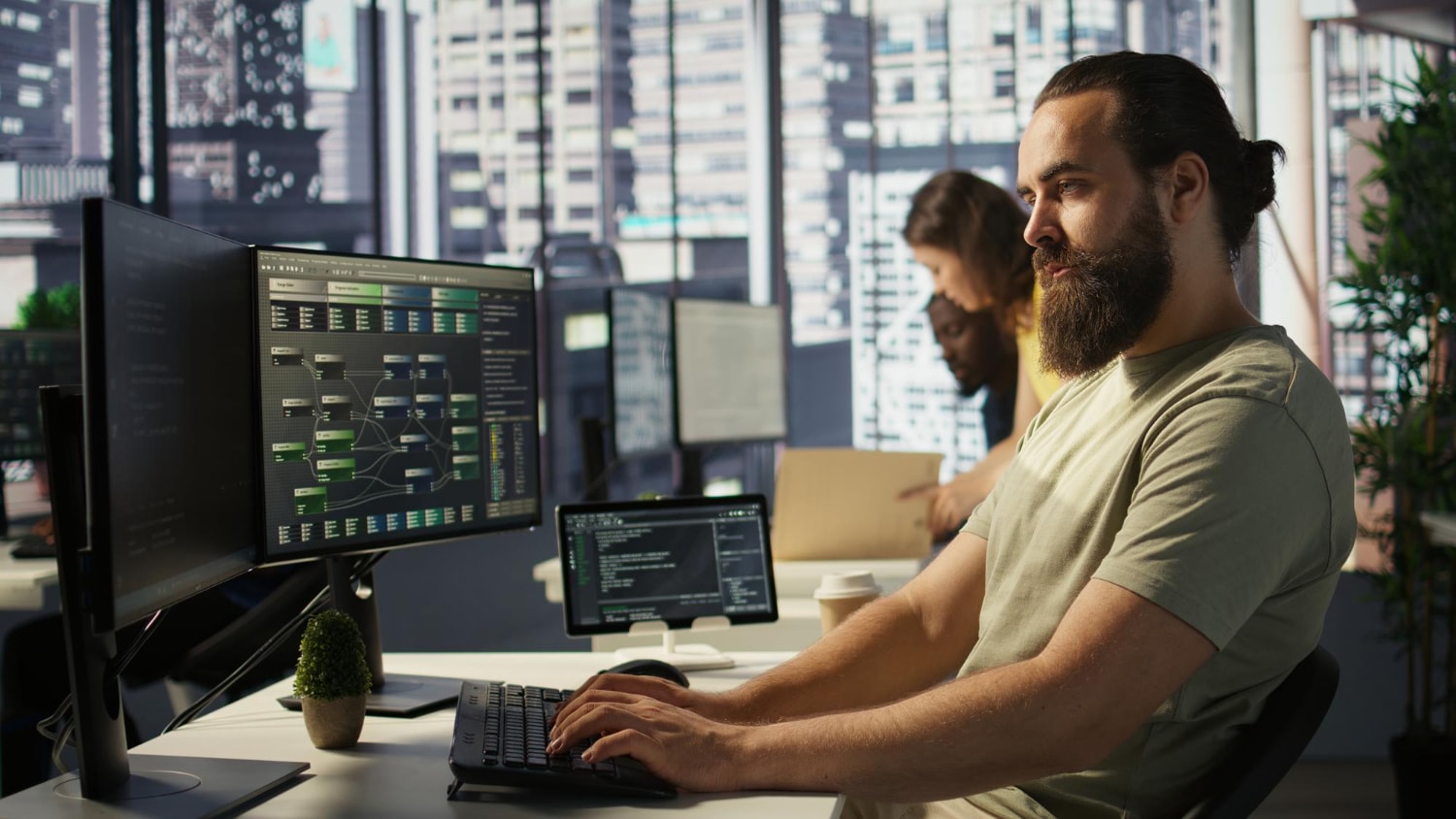Many people in the US have rightly fought to find ways to reduce the country’s population in prisons and jails, through initiatives like justice reform and revisiting old cases to vindicate the wrongly accused. Not as many resources have been allocated to improving the situation of those who remain incarcerated however. Education for those behind bars is a clear example; the “tough on crime” rhetoric of the 1990s saw funding for prison education drop dramatically, despite the fact that research has shown clear and tangible benefits for it like reductions in recidivism and sizable taxpayer savings in re-incarceration cost valued between $4-5 for every dollar spent on education.
Seeing the lack of players in this space, Edovo was founded to provide inmates with access to meaningful education and self-improvement tools. In addition to software and tablets to access its programming, Edovo also sets up hardware and wireless networks in prisons, going the extra mile to ensure quality and security. I spoke with CEO Brian Hill about Edovo’s programming, the unique challenges of working with correctional facilities and the incarcerated, and the company’s holistic goals for the future.
What are the origins of Edovo?
Brian Hill: The backstory is my dad taught in prisons while I was growing up, specifically in Folsom Prison in California. At night he would actually bring home the stories of students and read them to us like bedtime stories. That was stuff that could mess up any kid, but it really got me into the space.
Fast forward to when I was doing a JD/MBA at Northwestern, specifically for a social impact bond for Cook County, which is the nation’s largest single site jail. It was in that space that we were trying to reduce the jail population, but you walk in and you see 7,000 folks watching daytime television and Jerry Springer and you think, “man, we can do a lot better than this.” And that’s where it really kicked off. The impact bond wasn’t the right vehicle, but we realized we could do some exciting and innovative things to make education, vocation, and treatment available on a daily basis.
 In the Photo: Search results for Edovo’s mental health programming. Photo Credit: Edovo.
In the Photo: Search results for Edovo’s mental health programming. Photo Credit: Edovo.
What kinds of educational programming does Edovo provide?
BH: First of all, we need to make it clear that very few people get access to any type of programming while they’re incarcerated, especially in the jail setting. Waitlists are long, and opportunities are very limited. Our goal is really to make sure that it’s available daily to everybody. What we make available is all through our Edovo platform. We bring in wireless networks and tablets, so that those who are incarcerated can access incentive-based learning platforms. That’s everything from literacy and GED/high school equivalency to college coursework and ESL on the academic side.
Then you have things like vocational training, both soft skills and hard skills, like resume writing, how to get a certified truck driver’s license, mechanics courses, and accounting classes. It really runs the gamut on the vocational side.
On the treatment side you’re looking at anger management, parenting while incarcerated, cognitive and behavioral therapy, etc. It’s really a wide range. Because you have a lot of people who are challenged by mental health issues, we’re doing treatments that run the gamut from traditional things like resetting your thinking all the way towards pretty interactive and involved engagement. So a pretty broad range on that front. That would be considered your social/emotional learning side.
RELATED ARTICLES:
![]() PIGEONLY: A FULL BARS, BEHIND BARS CONNECTION
PIGEONLY: A FULL BARS, BEHIND BARS CONNECTION
by Annamaria Brijmohan
![]() MASS INCARCERATION FAILURE FULFILL RIGHT HEALTH
MASS INCARCERATION FAILURE FULFILL RIGHT HEALTH
by Rohan Goyal
![]() WRITER BEHIND BARS
WRITER BEHIND BARS
by Jane Bidder
I think it’s really important that Edovo addresses multiple things like education, vocation, and treatment.
BH: People forget that there’s a cross-section of society in our correctional facilities. When we launched our search platform for the first time, the first search term that hit our search was “astrophysics”. But the highest hit rate for the first week was actually “Hepatitis C”, and that wasn’t even on our radar. So we reacted to that and brought on all these Hep C courses that people could engage with so that they could learn about those things. Even when I talk about the three core types of programming, we’ve reacted to our users to help make sure that they have what they need when they need it, because everybody’s in a very different spot. You have everything from former governors of Illinois to people who are homeless.
 In the Photo: An Edovo user. Photo Credit: Edovo.
In the Photo: An Edovo user. Photo Credit: Edovo.
Are there any particular challenges with working with correctional facilities and the incarcerated?
BH: I’d say there’s a reason why there aren’t a lot of people playing in this space. It’s because it’s really hard. I was at an event recently where I was with 16 CEOs who are all with younger, earlier-stage companies that are doing well raising money, and they’re all in software. And I thought, “aw man, to only have to build software. What a dream.” For us, we have to install wireless networks and trench fiber in many cases, and then once we get the fiber there we have to install an entire wireless network across what is essentially a Faraday Cage, filled with wire, meshed glass, bars, and reinforced cinderblock. After we get the network up through this very challenging environment, we can start to put in devices that can operate within it and that correctional staff feel comfortable and safe with. It’s only once we have the unique custom hardware that we can actually bring the software in.
There are real challenges, but interestingly enough the greatest challenge isn’t any of the stuff I just mentioned. We’ve figured all that out. The hardest challenge is really procurement. Once you’ve gotten past all the technical barriers-and I haven’t even mentioned all the security layers and protocols to allow access to a private cloud-it’s government procurement that’s the issue. It’s not the government’s fault, rather it’s the way in which the procurement system was designed. Edovo’s real innovation has been about navigating and understanding how to do procurement.
 In the Photo: The Edovo main page. Photo Credit: Edovo.
In the Photo: The Edovo main page. Photo Credit: Edovo.
What kind of impact has Edovo had on its users, either in terms of stories or figures?
BH: Just the engagement with educational content and the access that we’ve created. We’ll walk into small, local county jails that once had GED programs that might’ve delivered a class twice a week for six months now have 22,000-25,000 hours of engagement over that same six-month period. It’s insane the amount of access and engagement that we see on our platform, as well as the progress that people are making.
I think what’s more exciting to me though, aside from just the raw educational attainment and progress on things like literacy, is people changing their behavior. We see instances of violence drop off in the correctional facilities we operate in. We see custody of children regained, and we see people’s sentences being dropped off. We’ve introduced new tools that allow people to bail out faster and arrange for that logistically, shortening their length of sentence or punishment. These are game-changing things, live-changing things.
Education is going to be a fundamental, underlying piece that we want to continue to see, but I always tell people that the philosophy behind Edovo has less to do with education and more to do with decision-making. The average person makes 35,000 decisions a day. Every person behind bars makes 6,000 decisions. So to think that we can take a self-identified poor decision-maker, put them in an environment where they make no decisions, and then somehow think they’re going to come out better is a fundamentally flawed concept. Yet that’s our prison system today.
 In the Photo: An Edovo user in Allegheny County Jail. Photo Credit: Edovo.
In the Photo: An Edovo user in Allegheny County Jail. Photo Credit: Edovo.
What does the future of Edovo look like in your eyes?
BH: We see the criminal justice system as being somewhat similar to healthcare, in that there’s a continuum of care. In healthcare you have health before you get to the hospital, the hospital, and post-release from the hospital. That continuum of care is very similar to the justice system. We tactically chose to operate inside custody, because there are 4,800 facilities with doors we can knock on to make it possible for everyone to have meaningful educational access on a daily basis at no cost to the taxpayer. That’s exciting.
But jail comes when things haven’t gone right, so our real goal is to help people post-release so that they’re not returning. There’s a large recidivism rate, and we want to make sure that changes. We also want to figure out how we can step back in the equation and help even those in pre-custody scenarios. I think where Edovo goes in the future is really transforming the criminal justice system as a whole, to ensure that fewer people are going into prison and are making better decisions before they get there, that we’re streamlining and creating a much more efficient and secure custody environment where people who shouldn’t be there are getting out, and that we’re making sure that when people go home, they stay home. And not just that they stay home and never come back, but that they’re actually set up for success.














